SLOfit lifelong
- Code J5-1797
- Date 01.07.2019 - 30.06.2022
- Funds provider public research agency of the Republic of Slovenia
- Organisation Faculty of Sport, University of Ljubljana
- Holder Prof. Ph.D. Gregor Jurak
AbstractThe main goal of SLOfit lifelong is to create and test the infrastructure for the exploration of the causal association between physical fitness in children and adolescents and future health outcomes based on lifelong surveillance of physical fitness and several physical activity-related health risk factors. Understanding whether low/high physical fitness in young people is a predictor of future disease/better health status would help in resolving the debate on the benefits of preventive physical fitness activities in childhood. Consequently, proper measures would decrease public health burden of physical inactivity-related diseases. Currently, due to a limited number of prospective studies, there is inconclusive evidence for predictive validity of certain components of physical fitness on future health outcomes. In Slovenia, we have a n exceptional opportunity to establish such a research infrastructure. Namely, physical fitness of children and adolescents during the whole schooling period has been monitored since 1982 by national surveillance system called SLOfit. Hence, University of Ljubljana holds data on more than 40 cohorts followed for 13 years (age 6-19). However, individuals within these cohorts were anonymised due to legislation; therefore, tracking these individuals later in life is not possible. On the other side, we have recently developed the application My SLOfit. Among other features, this application allows users to store collected physical fitness data. In that way, we have developed an opportunity for lifelong data collection of physical fitness and some related data. This could enable examining the causal association between physical fitness in children and adolescents and future health outcomes. To design and test such a research infrastructure, we propose to: a) develop physical fitness test batteries for adults and elderly which will be comparable to the tests used in the school period, and logistically feasible/rational; b) develop a tool for health risk assessment in adults and elderly based on the values of different physical fitness components; c) develop the SLOfit lifelong module within the SLOfit web platform which will enable lifelong storing of physical fitness results and other SLOfit data; d) examine the causal relationship between physical fitness in childhood and obesity in adulthood. The proposed project would create a unique research platform for studying predictive validity of health-related fitness in youth. Every year a new cohort would enter the physical fitness surveillance system, which would enable a continuous flow of new data. The study of the correlation between physical fitness, health outcomes and physical activity related health risk factors would allow us to use an epigenetic approach in examining the relationship between physical fitness and health outcomes. This would launch University of Ljubljana among top research organisations in the area of physical activity epidemiology. Our study will exceed other cohort studies in terms of the number of participants in each cohort, the number of cohorts and the frequency of follow-ups. Additional strength of our cohort study will be also that it will contain data on physical and motor development in childhood, which is very important for physical activity interventions, as these have proven to be the most effective and most feasible when nested within the school setting. The SLOfit lifelong cohort study will be also one of the few studies that will contain various components of a physical fitness (i.e. coordination, flexibility), which will allow almost unique investigation of predictive validity of these components on health outcomes later in life. With excellent data pooling options the SLOfit platform will be one of the most cost-effective and for lay public, one of the most user-friendly scientific infrastructures (giving feedback with tips for individual users and forecasts of future trends).








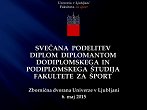
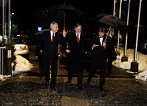


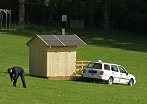


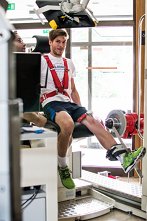

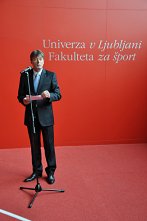

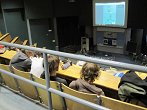



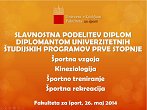





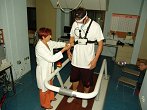





.png)